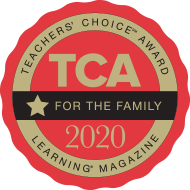Materials
- water table, or three large tubs of water in different areas of your room
- plastic cups, plastic bottles, and other interesting containers
- turkey basters
Key Science Concepts
- Water takes the shape of its container.
- You can use lots of different objects to move water.
- Water flows downhill.
Vocabulary
Encourage children to use words related to water such as pour, flow, splash, drip, stir, squirt, spill, the names of objects for moving water like container and baster, and science process words such as observe, compare, same, different, change, test, and predict.
Directions
Tell children that they will explore moving water using their hands, different containers, and tools. Divide children into three different groups.
- Invite the first group to sit by the water container and explore moving the water with their hands. As children explore, ask:
- How do you think the water will move if you pound it with your fist?
- What do you think will happen if you flick your fingers instead of wiggling them? Do you think the water will move differently or in the same way? Why do you think that?
- Invite the second group of children to the water container and give them small cups and bottles or other containers. As children explore, ask:
- How do you think you can move the water with one cup? Two cups?
- Show us what you can do with the water and one bottle.
- Can you describe the shape of these containers? What shape is the water inside them?
- Ask the third group of children to show you ways to use the basters. As children explore, ask:
- How can you get water into the baster? What is the shape of the water inside the baster?
- How can you get water to come out of the baster?
- Describe what the water is like as it comes out of the baster (squirts, comes out fast, drips, etc.).
Reflect and Share
Add any new observations children make to the “Our Ideas About Water” chart. Tell children that they will have plenty of time to play with all the different tools and containers during learning center time.

 Español
Español








